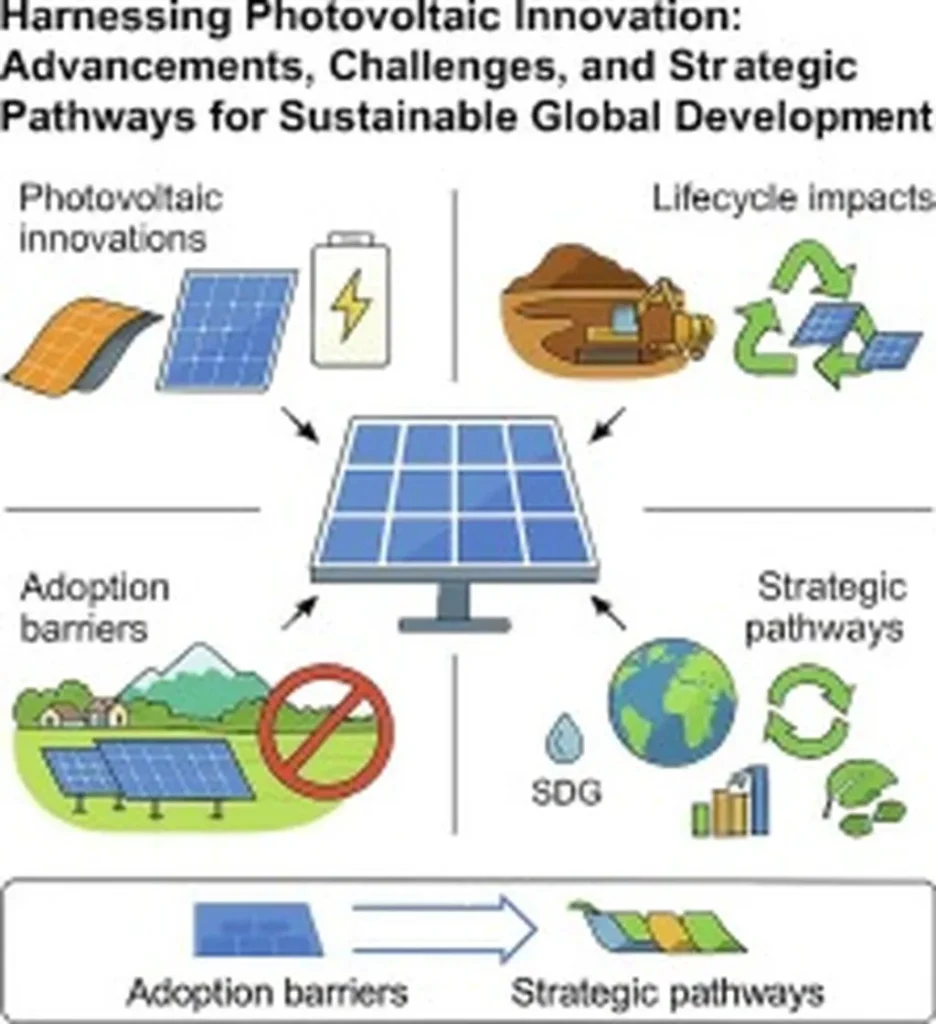In the rapidly evolving landscape of renewable energy, photovoltaic (PV) systems are becoming increasingly prevalent in the building sector, offering a sustainable solution to energy needs. However, the intermittent nature of solar power presents significant challenges in matching local generation with demand. A recent study published in the journal *Energies* (which translates to “Energies” in English) sheds light on the methodologies for forecasting PV energy generation in buildings, providing valuable insights for stakeholders in the energy sector.
Led by Omid Pedram from the Department of Electrical and Computer Engineering at the University of Coimbra in Portugal, the research highlights the critical role of accurate PV generation forecasting in enhancing energy management and optimization for individual buildings. “With the increasing availability of data and advanced modeling tools, stakeholders are increasingly motivated to adopt energy management and optimization techniques,” Pedram explains. “Accurate forecasting of PV generation is essential for these techniques to be effective.”
The study reviews various forecasting methods, data requirements, and performance metrics, identifying key challenges and opportunities for future research. One of the primary challenges noted is the limited exploration of localized environmental and operational factors, such as partial shading, dust, and dirt, which can significantly impact PV output. Additionally, the study points to insufficient data on building-specific PV output patterns and the need to account for variability in PV generation.
The findings underscore the importance of improving PV energy generation forecasting accuracy. As Pedram notes, “By clarifying the current state of PV energy forecasting methodologies, this research lays essential groundwork for future advancements in the field.” This research is particularly relevant for professionals in the energy sector, as it provides a comprehensive review of the current state of PV forecasting methodologies and highlights areas for future research.
The study also touches on the potential of artificial intelligence (AI), artificial neural networks (ANNs), and machine learning (ML) in improving PV generation forecasting. These technologies offer promising avenues for enhancing the accuracy and reliability of forecasts, which can in turn improve energy management and optimization in buildings.
As the building sector continues to integrate more PV systems, the need for accurate forecasting becomes increasingly important. This research provides a valuable resource for stakeholders looking to optimize their energy management strategies and improve the efficiency of their PV systems. By addressing the challenges and opportunities identified in this study, the energy sector can move towards more sustainable and efficient energy solutions.
In summary, the research led by Pedram offers a timely and insightful review of PV energy generation forecasting methodologies, highlighting the critical role of accurate forecasting in enhancing energy management and optimization in the building sector. As the energy sector continues to evolve, this research provides a valuable foundation for future advancements in the field.

